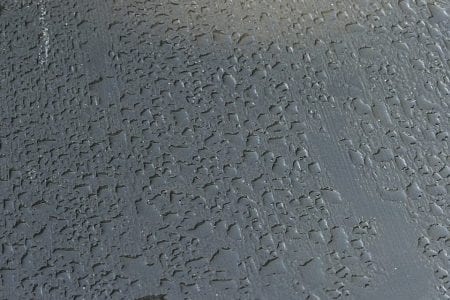 Condensate in the roof – what to do to avoid “meeting” with it.
Condensate in the roof – what to do to avoid “meeting” with it.
Everywhere there are questions related to condensate in the roofing pie: “The new house, and the heater is already wet, how so?” Or “why does the membrane not work?”. To begin with, let’s understand how condensate appears in a roofing cake.
Any way to warm the building, walls and roof is susceptible to moisture. The more moisture in the roofing cake, the lower its insulating properties and the entire life of the structure due to fungus and mold. When the temperature inside the house is higher than outside, the warm, saturated with air moisture tends to break out.
The absence of a vapor barrier or the violation of its tightness leads to the fact that the insulation is moistened. Also do not forget about the residual moisture in building materials, which was in them at the time of installation.
What to do to remove condensate?
- Provide effective ventilation for roof space.
- Try to dry the structure by heating it.
- Make it impossible for moisture to enter the structure. For this, it is necessary to check the integrity and quality of sizing of all vapor barrier overlaps.
- To organize the proper ventilation in the house, using vents.
How to prevent condensation in the roofing?
- Roof and attic structures should be properly designed according to building codes.
- Wood for the roof should not be wet. Choose wood with a moisture content of not more than 19%.
- Provide high-quality ventilation of the roof space.
- When installing insulated roofs, laying of insulation should be carried out after installation of a hydro-windproof vapor-permeable membrane and roofing, as there is a risk of wetting by precipitation.
- Mount a continuous, continuous and hermetic vapor barrier layer. In the places of output through it of the ventilation channels, additionally glue the joints.
- It is recommended to suspend construction work in the warm season (ideally at the end of summer / early autumn), so that residual moisture at positive temperatures has favorable conditions for evaporation.
- Wet decorating is also recommended in the summer.
Picture Credit: anaterate
